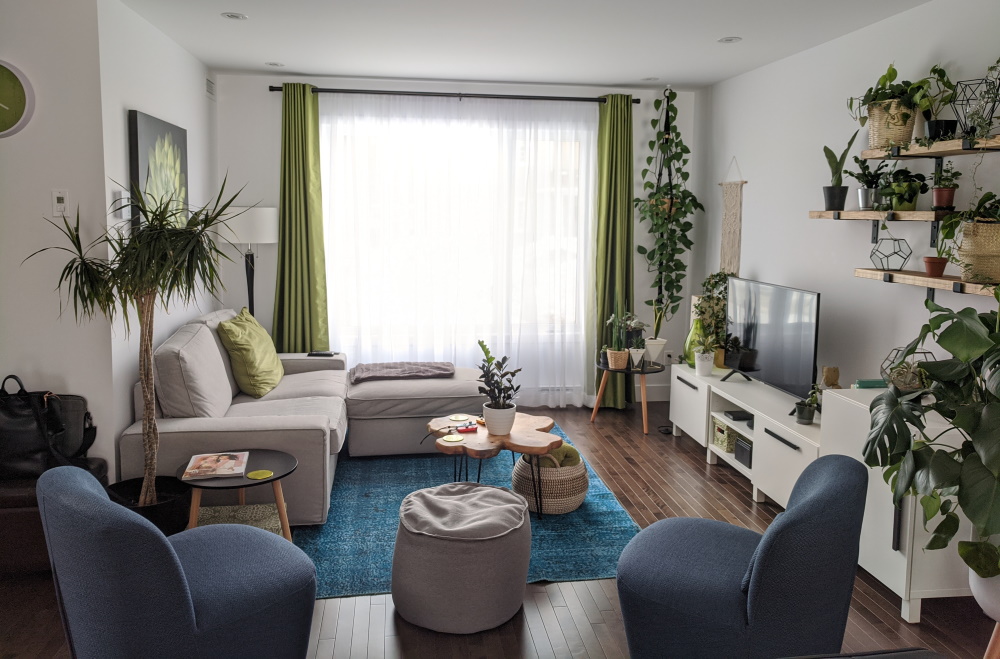Indoor air quality impacts your health. Since most people spend most of their time indoors, including offices, homes, and other buildings, they might get eye irritation, headaches, fatigue, and allergies from chemicals, gasses, and other pollutants. Organizing regular air quality tests can help you ensure your home’s indoor air quality is always good.
Identifying air pollutants with your senses is almost impossible, making it difficult to tell when the indoors are polluted. Pollutants come from different sources, including new furniture, cleaning products, formaldehyde, poor insulation, and lead. This may have immediate or long-term health effects, necessitating healthy indoor air quality. Here are tips for improving your indoor air quality:
1. Change and clean air filters periodically
Ignoring regular furnace filter changes results in poor indoor air quality. Clean filters remove air pollutants, improving indoor air quality. Air filters for home, including disposable fiberglass panel filters, pleated air filters, and high-efficiency particulate air filters, have varying quality, and so the frequency to change them also differs.
If your pets experience shedding, change the filters more frequently because pet hair fills up the filter faster. Cleaning your filters regularly improves air quality and increases your furnace’s efficiency by preventing dirt and dust buildup.
2. Ensure proper ventilation
Maintaining fresh airflow is the fastest and cheapest way to improve indoor air quality. Keeping the doors and windows open will help regulate airflow, reduce the humidity dust mites require to survive, let in more oxygen, and push contaminated air out. Ventilation dilutes or removes indoor air pollutants, reducing contaminant levels and ensuring healthy air quality.
You can also maintain fresh airflow via infiltration, which allows outdoor air to flow into the house through cracks, openings, and joints on walls, around doors and windows, and floors and ceilings. Window shading also promotes natural air ventilation.
3. Clean your air ducts
Air pollutants such as mold, bacteria, dust mites, and pollen usually lurk in your home’s ductwork. When you turn on your heating and cooling system, these pollutants circulate in your space, causing breathing disorders like allergies and asthma. Regular air duct cleaning reduces airborne contaminants in your home, improving indoor air quality.
4. Keep your home clean
Excellent indoor hygiene significantly cuts down animal dander and dust. When cleaning, focus on vacuuming your area rugs and carpets once or twice a week to remove allergens. Clean the drapes, beddings, and other things that seem to attract allergens. Declutter your home, as clutter can trap and hold dust, and contaminate indoor air if ignored.
5. Leverage air purifiers
Since pollen and dust particles are microscopic and can’t be seen, cleaning them may be next to impossible. However, an air purifier can trap and remove pollutants by taking in contaminated air, filtering it, and releasing it back into your space, ensuring cleaner, fresher air.
6. Reduce carbon monoxide exposure
Maintain and adjust your combustion equipment properly to reduce toxic fumes. Heating equipment, including wood stoves, unvented kerosene heaters, central heating systems, and gas water heaters, contribute to high indoor carbon monoxide emissions. Leaking furnaces and chimneys can also increase your indoor carbon monoxide levels. Ensure the wood stove doors fit tightly and have your central heating system inspected, cleaned, and tuned up annually. Ensure your wood stove meets EPA emission guidelines and install a carbon monoxide monitor to track the gas’s levels.
Endnote
Quality indoor air is essential for good health. Use these tips to keep your home’s air clean.
Photo by Véronique Trudel on Unsplash




